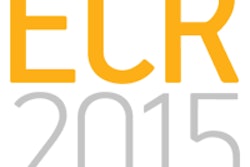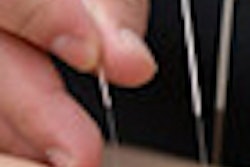A Dutch research team believes it has identified a way to avoid damaging salivary glands during radiotherapy treatment for head and neck cancer.
They described their discovery at the annual meeting of the European Society for Radiotherapy and Oncology (ESTRO) held earlier this month in Barcelona.
Approximately 40% of patients treated for head and neck cancer develop xerostomia, or dry mouth syndrome. The discovery has the potential to improve the quality of life for 500,000 patients throughout the world who annually undergo treatment for these cancers, and to save hundreds of thousands of euros to treat this toxicity.
Dr. Peter van Luijk, a research associate at the University Medical Center Groningen, said they had discovered the stem cells essential for regenerating the parotid gland were located mainly in its major ducts. These could easily be avoided during radiotherapy or given a minimal radiation dose.
Van Luijk and colleagues investigated the location of stem cells and the effects of radiotherapy to particular regions of the salivary gland. They first used mouse and rat models, and then in parotid and salivary gland tissue obtained with permission from patients undergoing a neck dissection. They discovered that in mouse, rat, and human tissue, the stem cells were predominantly located in the major ducts of the parotid gland. They also determined that the greatest concentration of stem cells capable of regenerating the gland was found in the center, where the largest ducts are located.
The team tested their hypothesis by creating a mathematical model based on the treatment of 36 patients. This enabled them to estimate the expected parotid gland function depending on the dose to the stem cells. They found it was possible to reduce the dose to the major ducts by approximately 50%, without increasing the average dose to the whole gland or the dose to other critical structures in the head and neck region without compromising adequate target coverage.
Van Luijk believes it will be easy to spare the parotid gland during radiotherapy, and would cost an additional 100 euros ($127 U.S.) to the treatment costs to do this. "The stem cell region is on the side of the gland that is normally the farthest away from the target area containing the tumor sells. Since only this area needs a high radiation dose, this distance makes avoiding the stem cell area easier than avoiding other parts of the gland," he explained.
A randomized clinical trial is needed to compare parotid gland function in a group of patients treated with the current standard to a group in which the dose to the stem cells is minimized using the proposed stem cell sparing technique.



















